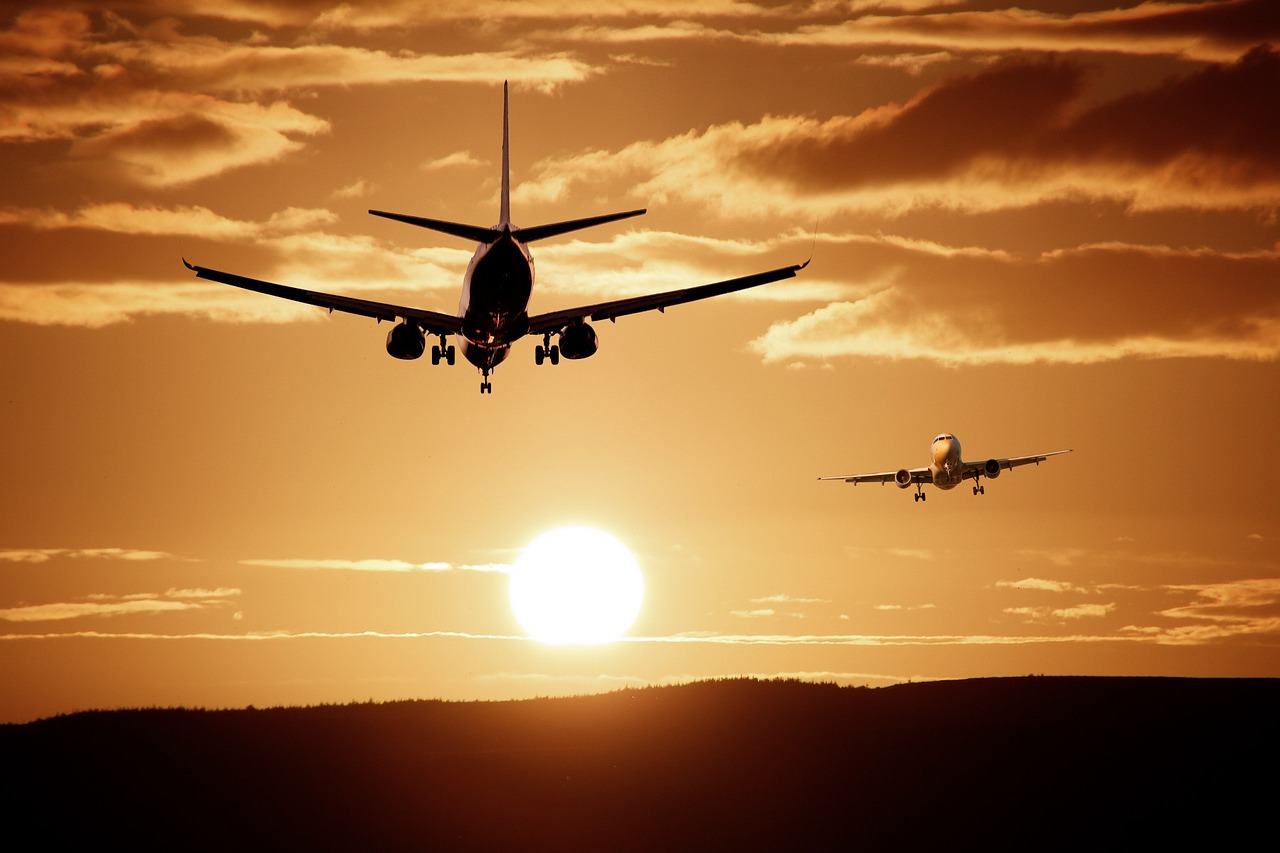
Vocabulary:
I will read the words, meanings, and sample sentences. Then, repeat after me.
- cargo /KAHR-goh/
- alarming /uh-LAHR-ming/
- anticipate /an-TIS-uh-peyt/
- transition /tran-ZISH-uhn/
- alternate /AWL-ter-nit/
[noun] – the goods carried by a ship, aircraft, or other large vehicle
The ship has a cargo of about 200 tons.
[adjective] – causing worry or fear
The disease is spreading with alarming rapidity.
[verb] – to imagine or expect that something will happen
We don’t anticipate any problems.
[noun] – a change from one form or type to another, or the process by which this happens
The country is in transition from an agricultural to an industrial society.
[noun] – a person or thing that can take the place of another
Janet is David’s alternate.
Article reading:
Please read the whole article. Then, I will check your pronunciation and intonation.
Airlines are looking for methods to lessen their impact on the environment, from reducing the fuel they use to altering flight paths so they produce fewer contrails.
Fuel is used by aircraft in enormous amounts. The airplane fuel capacity for a Boeing 747-400 jumbo jet is 63,000 gallons (240,000 liters). This explains why air travel for people or cargo is so energy-intensive and harmful to the environment. One trip can produce as much CO2 as many people do in a whole year, and over the next few decades, it’s predicted that there will be an alarming increase in the number of flights worldwide. Aviation is one of the fastest-growing industries yet contributes very little to global greenhouse gas emissions when compared to other industries. The number of flights increased on average by 5% annually between 2000 and 2019. In 2019, it was responsible for 2.5 percent of global CO2 emissions. Flights and passenger numbers fell after COVID-19, but it is anticipated that they will rise again and reach 2019 levels within a few years. All of this means that we must start taking aircraft emissions considerably more seriously. However, little work has been achieved thus far on how to genuinely decarbonize airplanes, despite their steadily increasing efficiency.
Long-term aviation must totally transition away from fossil fuels if the world is to achieve the substantial reductions in carbon emissions outlined in the Paris Agreement on climate change. Can we develop alternate fuels for our aircraft or perhaps alter their flight characteristics to make them less harmful to the environment?
Fuel is used by aircraft in enormous amounts. The airplane fuel capacity for a Boeing 747-400 jumbo jet is 63,000 gallons (240,000 liters). This explains why air travel for people or cargo is so energy-intensive and harmful to the environment. One trip can produce as much CO2 as many people do in a whole year, and over the next few decades, it’s predicted that there will be an alarming increase in the number of flights worldwide. Aviation is one of the fastest-growing industries yet contributes very little to global greenhouse gas emissions when compared to other industries. The number of flights increased on average by 5% annually between 2000 and 2019. In 2019, it was responsible for 2.5 percent of global CO2 emissions. Flights and passenger numbers fell after COVID-19, but it is anticipated that they will rise again and reach 2019 levels within a few years. All of this means that we must start taking aircraft emissions considerably more seriously. However, little work has been achieved thus far on how to genuinely decarbonize airplanes, despite their steadily increasing efficiency.
Long-term aviation must totally transition away from fossil fuels if the world is to achieve the substantial reductions in carbon emissions outlined in the Paris Agreement on climate change. Can we develop alternate fuels for our aircraft or perhaps alter their flight characteristics to make them less harmful to the environment?
Discussion Questions:
I will read each question. Then, please answer them.
- How often do you travel by plane? Could you tell me about it?
- Do you enjoy traveling by plane? Why or why not?
- If you were to travel to another city in your country, which kind of transportation would you choose: bus, train, or airplane? Why?
- Do you agree that we can develop alternate fuels for our aircraft?
- What do you think of hydrogen fuel as an alternative to aircraft fuel?
Summarization
Please summarize the whole article using your own words and expressions. You will have one minute to prepare before you answer.
Describe:
Please explain the definition of each word listed below based on your understanding. You can provide example sentences if needed.
- enormous
- capacity
- predict
- industry
- fossil fuel